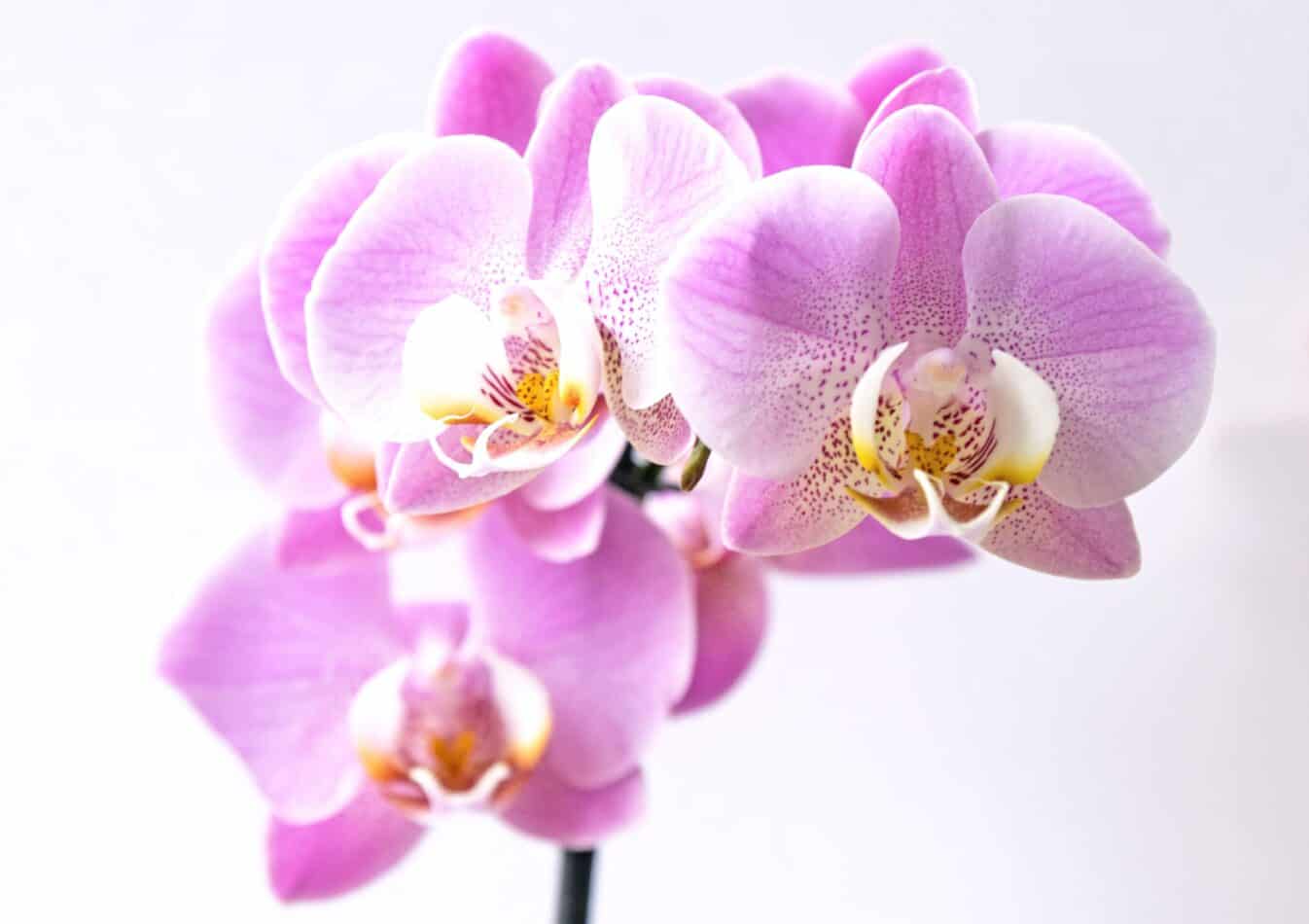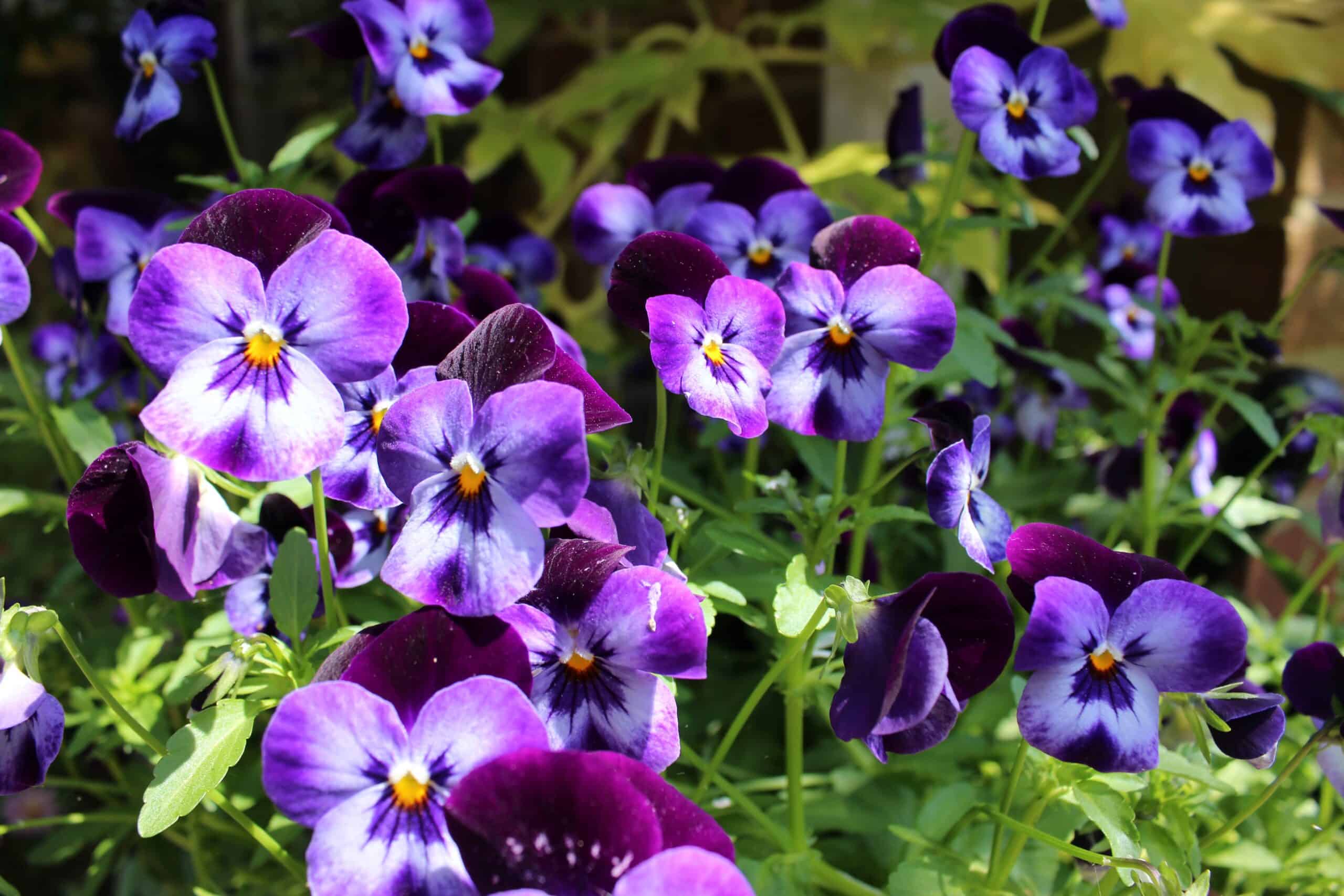Cosmo flowers are widely cultivated for their beauty and ability to attract butterflies and bees. These annual plants belong to the Asteraceae family and are native to Mexico, where they thrive in warm and sunny environments. They typically grow to a height of 3 to 6 feet and have slender, delicate leaves that complement their vibrant and showy blooms.
Cosmo Meaning and Symbolism is deeply rooted in cultural and historical significance, making it a fascinating topic for flower enthusiasts and curious minds alike.
One of the unique features of cosmo flowers is that they have a long blooming period that extends from early summer to late fall. This extended blooming season makes them an ideal choice for adding color and interest to a garden or landscape. They also have a wide range of uses, including as cut flowers for floral arrangements, or as a source of pollen and nectar for bees and butterflies.
 Mythology and History of Cosmo Flowers
Mythology and History of Cosmo Flowers
The name “cosmo” comes from the Greek word “kosmos,” which means “order” or “harmony.” According to Greek mythology, the flower was named after the Greek goddess of harmony, Eurydice, who was known for her love of order and beauty. It was said that when she died, the gods turned her body into a beautiful flower, which became known as the cosmo.
In Mexican culture, cosmos are also associated with harmony and order, as well as with the sun and the stars. They are often used in traditional Day of the Dead celebrations to honor the deceased and to symbolize the beauty and transience of life.

History of Cosmo Flowers
Cosmo flowers have a rich history that dates back to ancient times. The Aztecs, who inhabited the region that is now Mexico, used cosmo flowers in a variety of ways. They used the leaves and flowers of the plant to treat fever and gastrointestinal issues, and the seeds were roasted and ground to make a coffee-like beverage.
In the 16th century, Spanish conquistadors brought cosmo flowers to Europe, where they quickly gained popularity among gardeners. The plant’s easy-to-grow nature and stunning blooms made it a favorite among garden enthusiasts. Cosmo flowers were widely cultivated in European gardens during the 18th and 19th centuries, and they were often used in large, informal borders or as a filler plant in more formal gardens.
Cosmo flowers also played a role in the scientific community during the 19th century. In 1806, German botanist Christoph Friedrich Otto identified and classified the plant, giving it the name Cosmos bipinnatus. The plant’s scientific name refers to its bipinnate leaves, which have a feather-like appearance.
Cosmo Flowers in the Bible
Although cosmo flowers are not specifically mentioned in the Bible, many scholars believe that they may be included in the description of the “lilies of the field” in the New Testament. In Matthew 6:28-29, Jesus says, “Consider the lilies of the field, how they grow; they neither toil nor spin, yet I tell you, even Solomon in all his glory was not clothed like one of these.”

Buy this Bible Cover on Amazon >>>
While the exact identity of the “lilies of the field” is unclear, some scholars believe that cosmo flowers may be one of the flowers referred to in this passage. Regardless of whether or not cosmo flowers are specifically mentioned in the Bible, their beauty and symbolism continue to inspire people of all faiths and cultures.
 Cosmo Meaning and Symbolism
Cosmo Meaning and Symbolism
Cosmo Meaning and Symbolism is a captivating exploration into the language of flowers, revealing the hidden messages behind the vibrant and beautiful cosmos flower.
Cosmo flowers are often associated with purity, love, and order. In Victorian flower language, they were used to symbolize “joy in love” and “peaceful sleep.” Today, they are often given as a symbol of friendship, loyalty, and faithfulness.
The specific meaning of cosmo flowers can vary depending on their color. For example, pink cosmo flowers are often associated with love and romance, while white cosmo flowers are associated with purity and innocence. Yellow cosmo flowers, on the other hand, are often associated with friendship and loyalty.
Overall, cosmo flowers are a beautiful and meaningful flower that hold a special place in the hearts of people all over the world. Whether you’re a gardener, a flower enthusiast, or just someone who appreciates the beauty and symbolism of flowers, cosmo flowers are a wonderful choice for any occasion.
 Cosmos by Color
Cosmos by Color
The color of cosmos flowers can play an important role in determining their symbolic meaning. Here are some of the different meanings associated with cosmos flowers based on their color:
- Pink Cosmos – Pink cosmos flowers are often associated with love, romance, and admiration. They are a popular choice for expressing romantic love, especially during Valentine’s Day, weddings, and anniversaries.
- White Cosmos – White cosmos flowers symbolize purity, innocence, and tranquility. They are often used in religious ceremonies, such as baptisms and weddings, to signify new beginnings and purity of the soul.
- Red Cosmos – Red cosmos flowers represent passion, energy, and vitality. They are a perfect choice for expressing strong emotions and feelings of love, desire, and excitement.
- Yellow Cosmos – Yellow cosmos flowers represent friendship, joy, and happiness. They are a popular choice for celebrating friendship, and are often used as a gift to show appreciation for a friend or colleague.
- Orange Cosmos – Orange cosmos flowers symbolize enthusiasm, creativity, and optimism. They are often used to express encouragement and support, and to celebrate accomplishments and achievements.
- Purple Cosmos – Purple cosmos flowers represent mystery, spirituality, and wisdom. They are often used in meditation and spiritual practices, and are a popular choice for expressing appreciation for someone’s wisdom and insight.
Cosmos flowers are a popular choice for their vibrant colors and long-lasting blooms, but they also hold deep symbolic meanings based on their color. Whether you want to express love, friendship, purity, or creativity, there is a cosmos flower that can convey your message.
 Best Cosmos Varieties
Best Cosmos Varieties
There are several varieties of cosmos flowers, but some of the most common ones are:
- Cosmos bipinnatus – This is the most popular variety of cosmos flowers, and it is known for its large, showy blooms that come in shades of pink, white, and red. The flowers have a distinctive cup shape and a yellow center. Cosmos bipinnatus is easy to grow, and it blooms from mid-summer to fall.
- Cosmos sulphureus – This variety of cosmos is native to Mexico, and it is known for its vibrant orange and yellow flowers. Cosmos sulphureus blooms earlier than Cosmos bipinnatus and has a shorter growing season. It is also more heat-tolerant and can withstand hot and dry weather conditions.
- Cosmos atrosanguineus – This is a unique variety of cosmos flowers that has dark maroon or chocolate-colored flowers. The flowers have a velvety texture and a sweet, chocolate fragrance. Cosmos atrosanguineus is a bit more challenging to grow than other varieties, but it is well worth the effort for its stunning blooms and unique scent.
- Cosmos sonata – This is a hybrid variety of cosmos that was developed to have a more compact growth habit and larger blooms. Cosmos sonata comes in a variety of colors, including white, pink, and magenta. It is a popular choice for gardeners who want to add some color to their landscapes without taking up too much space.
The reason why these varieties are the most common is that they are easy to grow, have a long blooming season, and come in a variety of colors. Cosmos flowers are also drought-tolerant, making them an ideal choice for hot and dry climates. Additionally, cosmos flowers attract pollinators, such as bees and butterflies, to the garden, making them an excellent choice for gardeners who want to support local ecosystems. Overall, the beauty and ease of growing cosmos flowers make them a favorite among gardeners and flower enthusiasts alike.
What we love from Amazon this week
Buy these wonderful flowers directly from Amazon:















